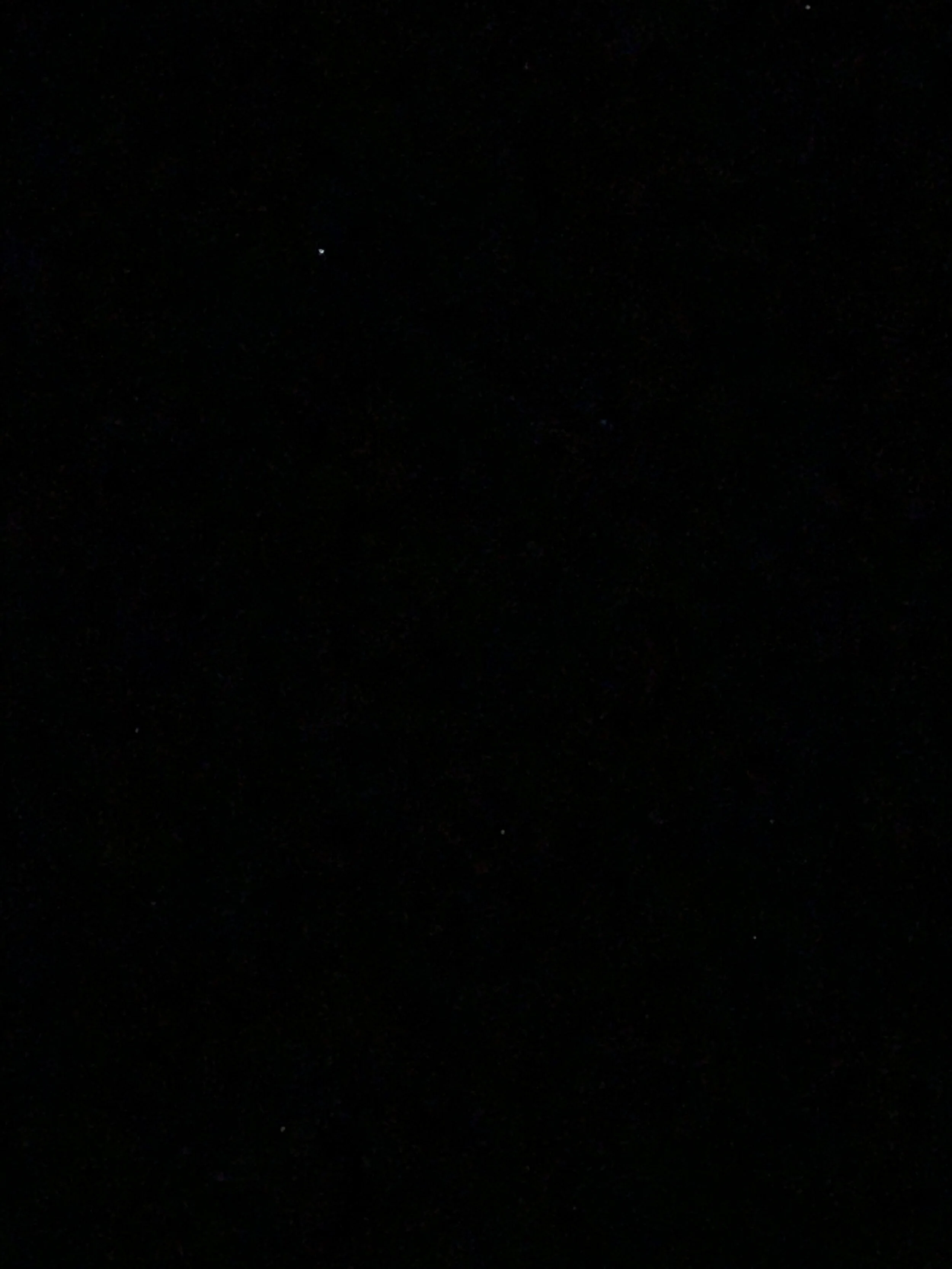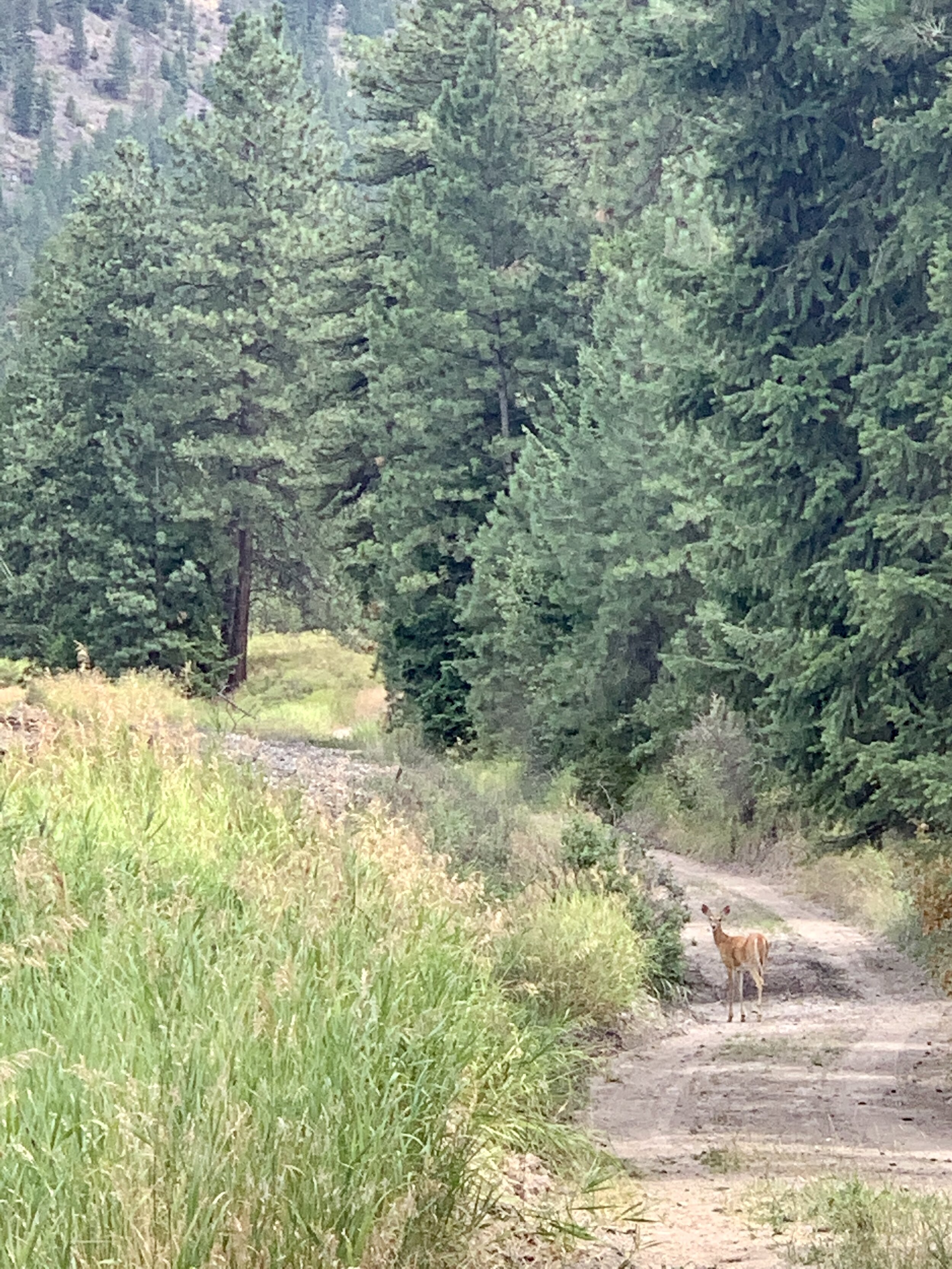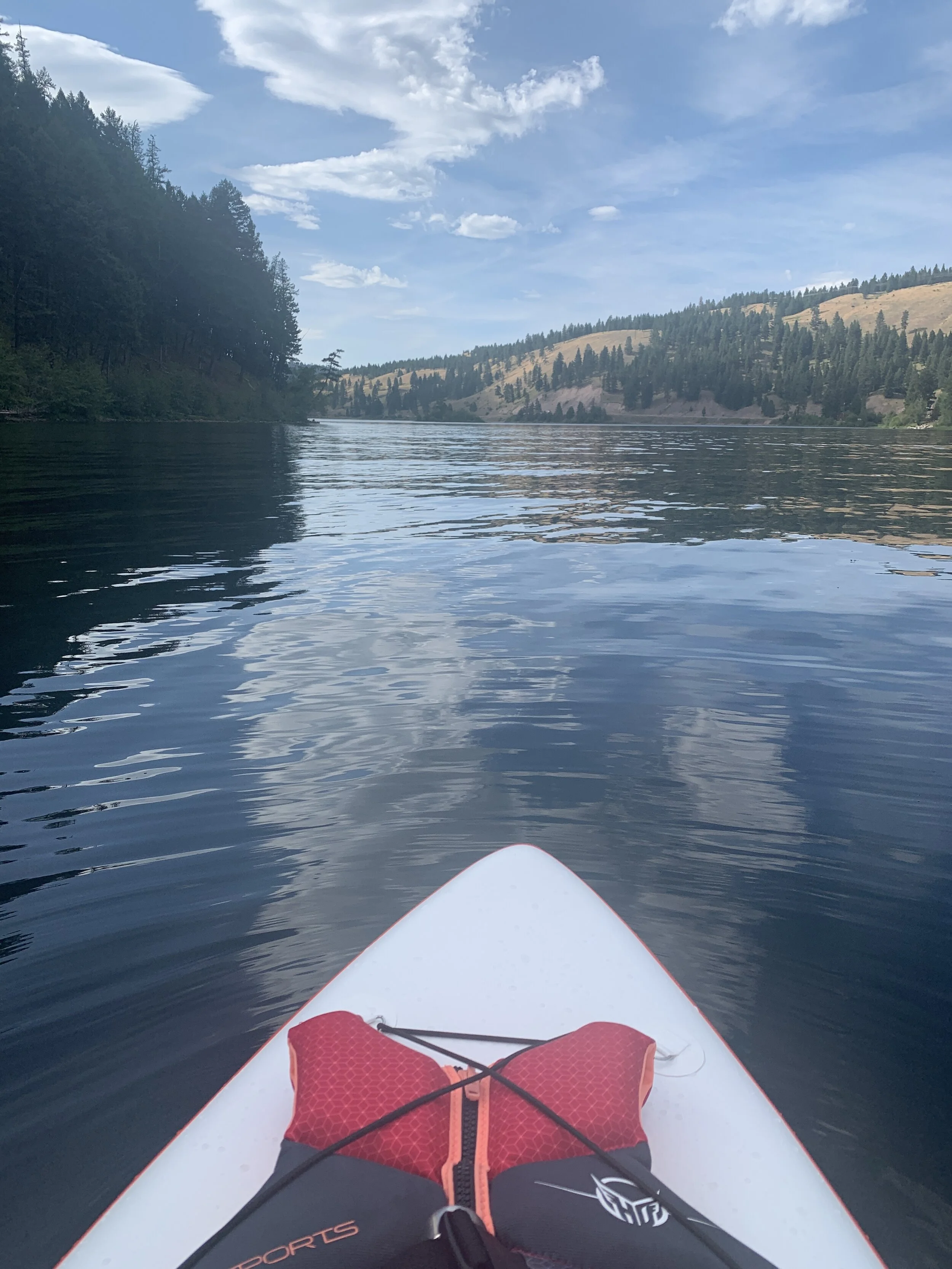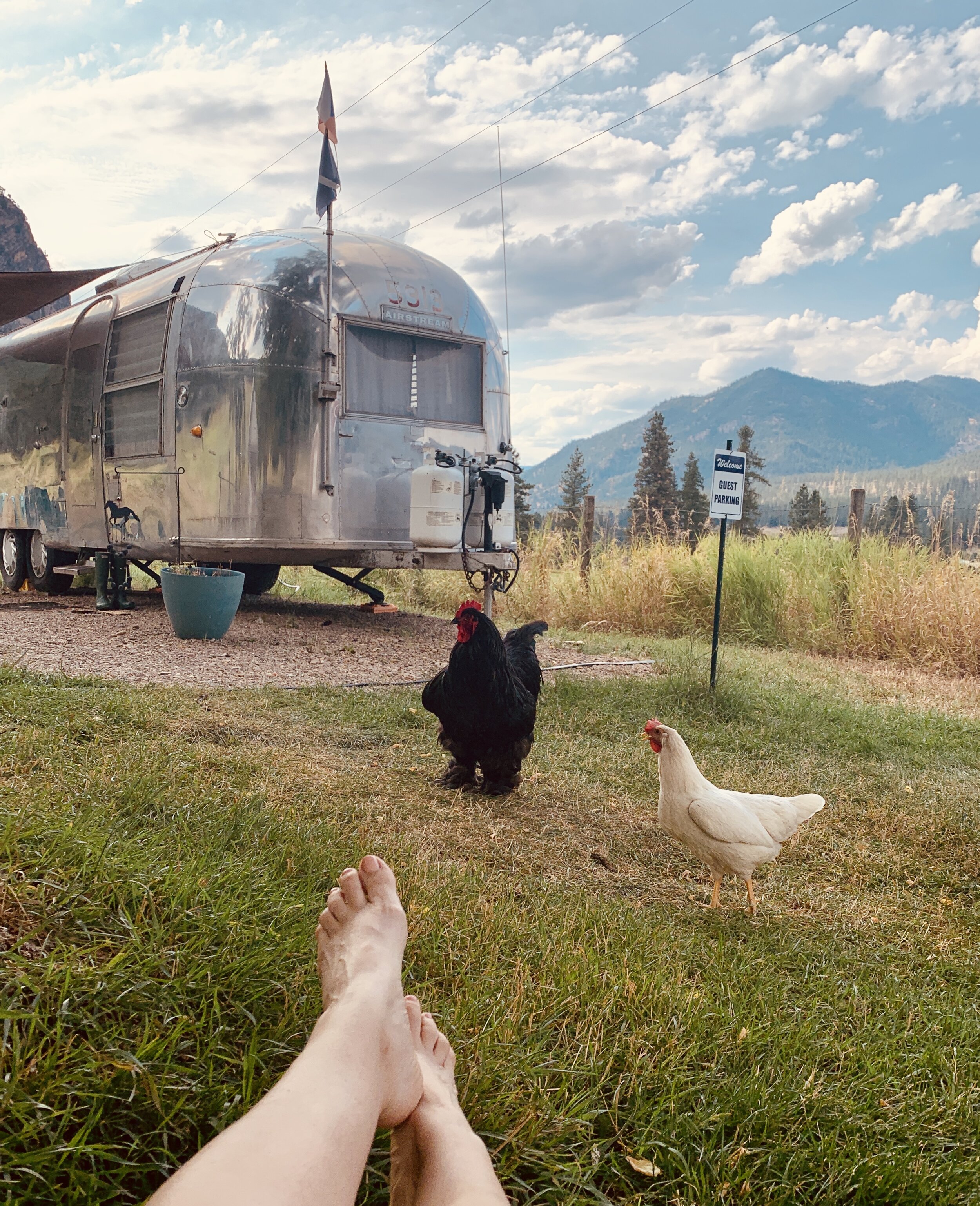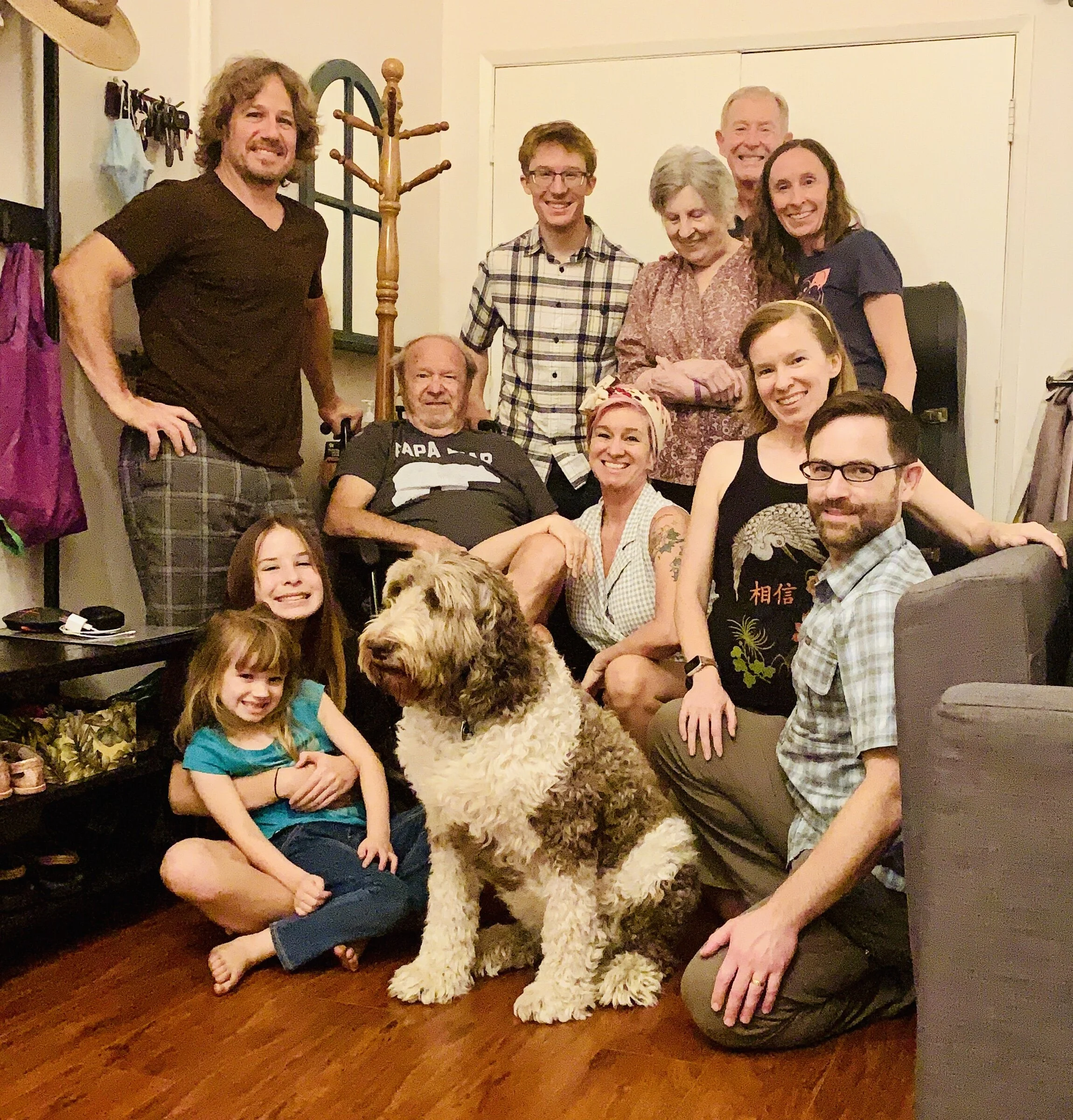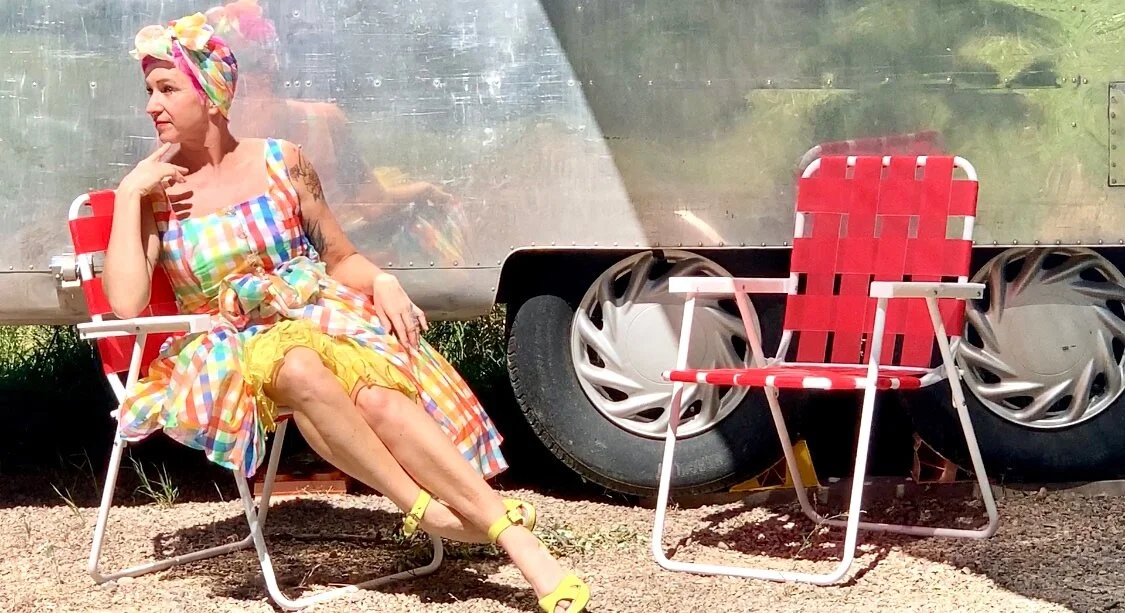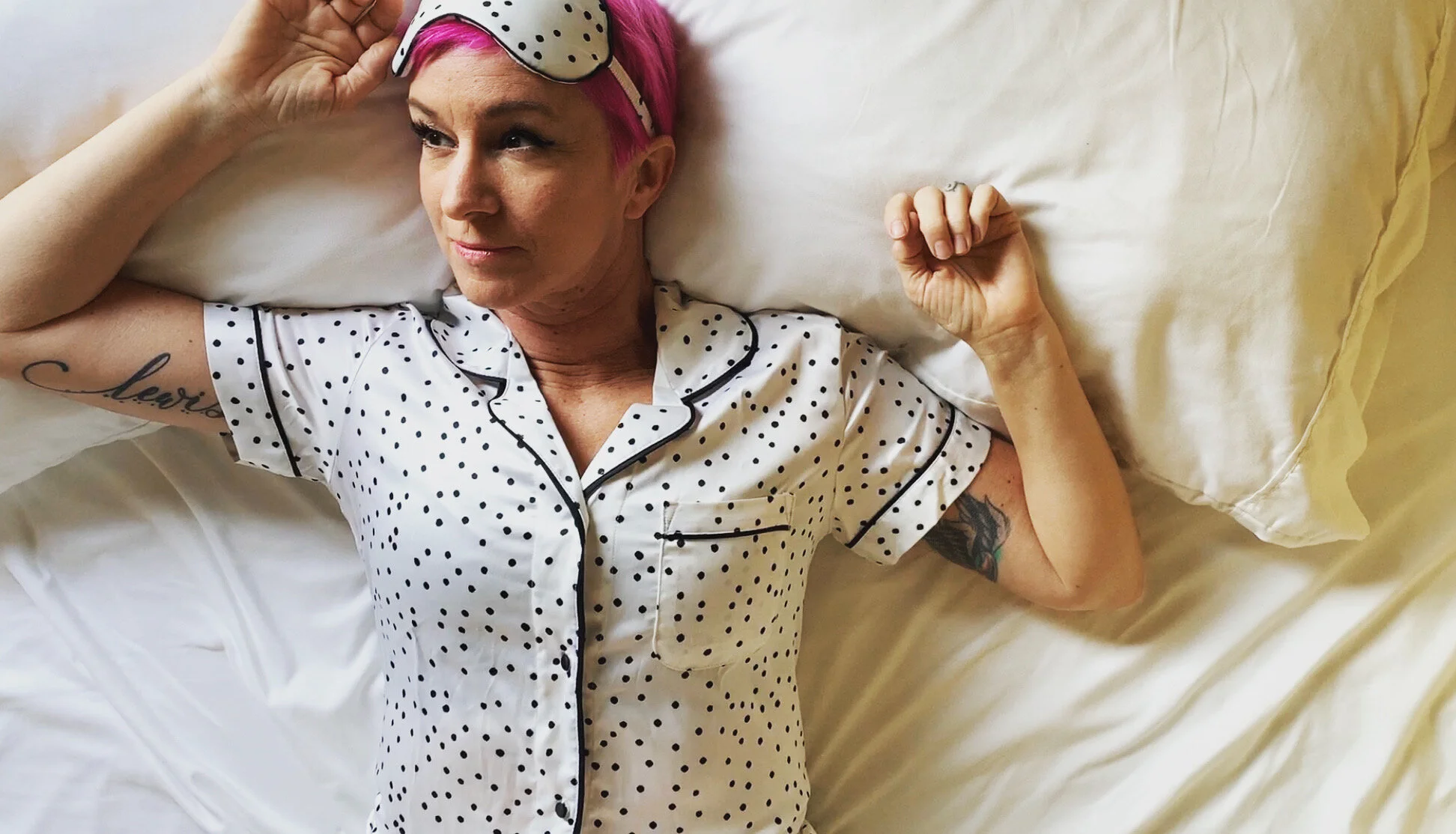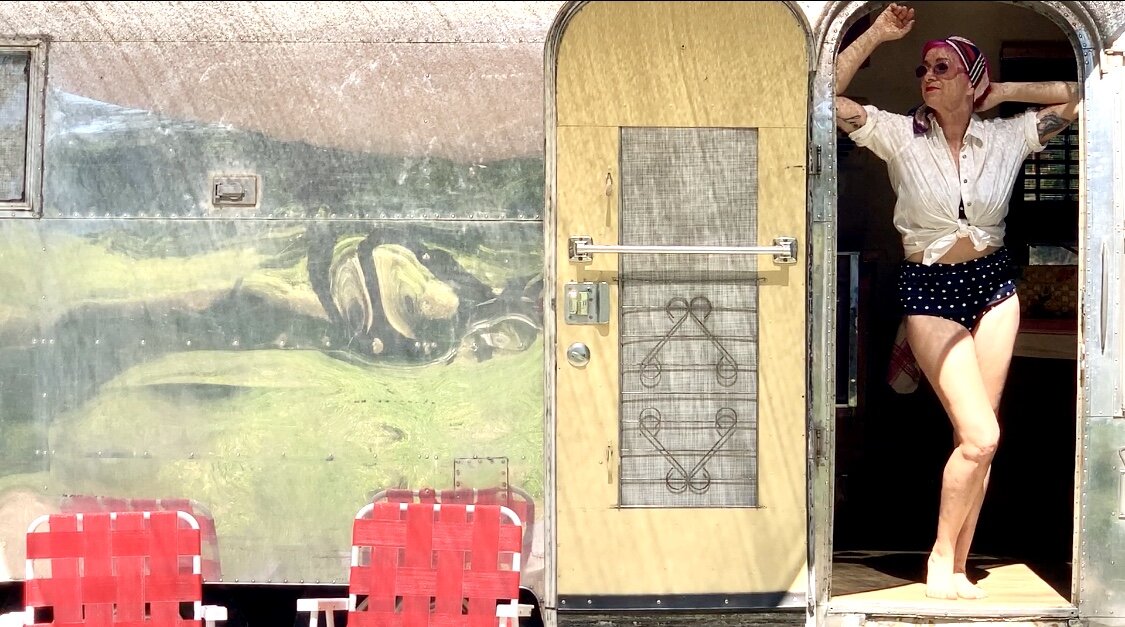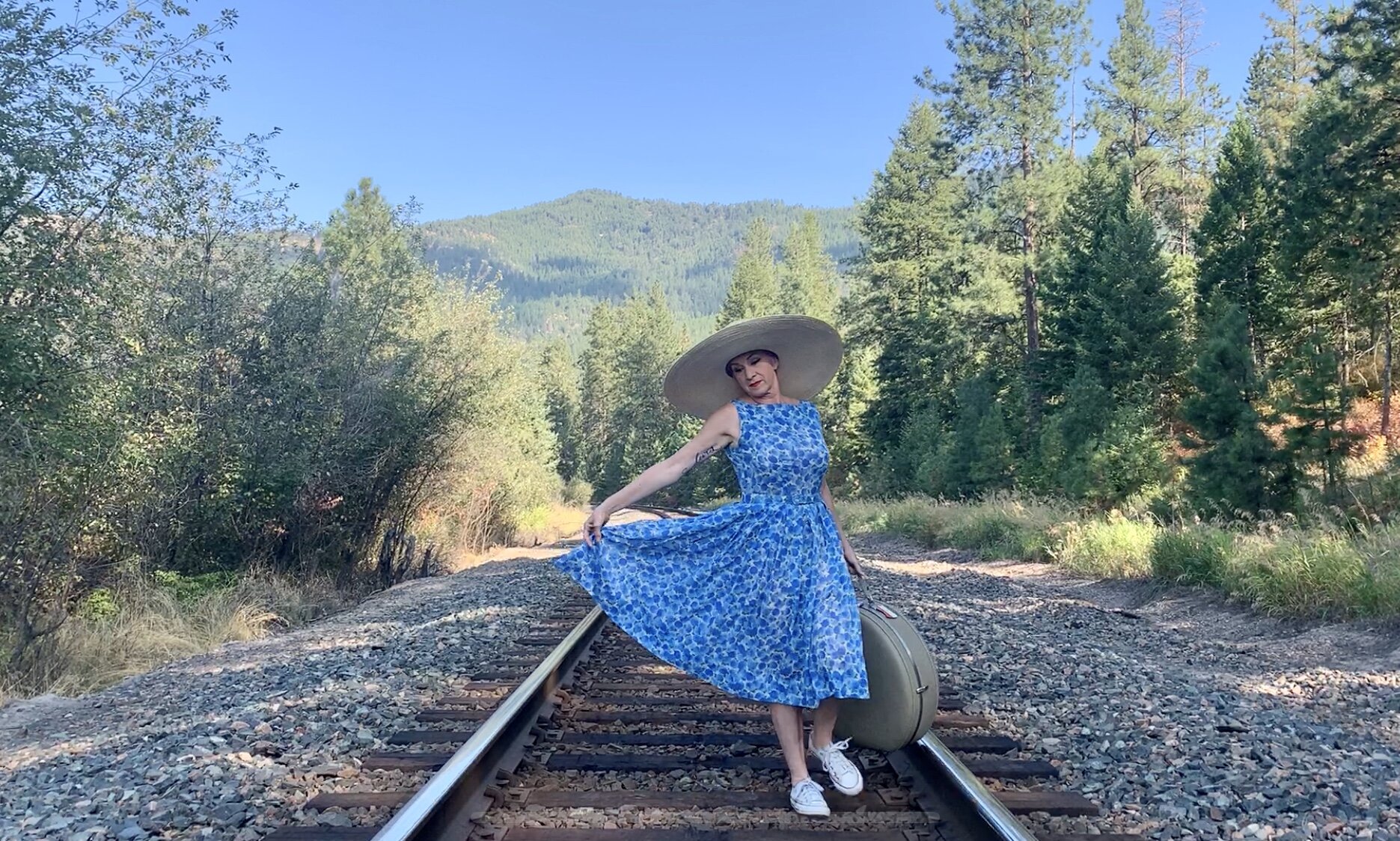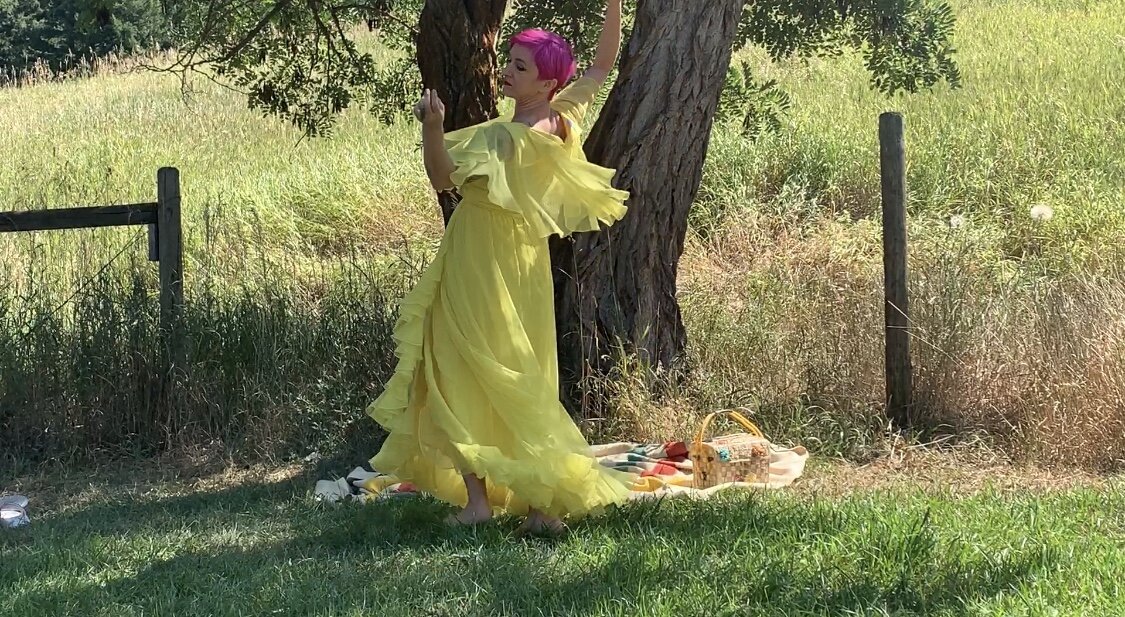A Conversation with Crystal Lewis by Tim Dillinger
The first time I heard Crystal Lewis was in 1986 when our local radio station was premiering “Only One,” the first single by a band she was fronting called Wild Blue Yonder. She was not even sixteen years old yet. The disc jockey predicted a long career and said something to the effect of, “Crystal Lewis has a voice you will never forget.” He was absolutely right.
Crystal’s career, however, has not been made by magic. Since that debut, she has continually reinvented herself, finding new musical forms to wrap her voice around, and inviting collaborations that were not always the predictable next-step. Record executives have bemoaned her insistence on following her own muse. One once said to me, “I wish she’d just settle on one thing and stay there!” But I think her curiosity is what has kept her career from nodding out. There are scores of people with unforgettable voices who have not managed to sustain thirty-five year careers. She has.
Her body of work is a borderless, tour de force of the realms that she’s inhabited as a Los Angeles native. Like another Los Angeles-born citizen of the world, the late singer/songwriter/producer Teena Marie, Crystal fused the forms of contemporary gospel, soul, hip-hop, pop, rock, alternative, rockabilly, electronica, dance and Latin music into a glorious discography that doesn’t make sense on paper, but does when her voice connects the dots. That vision has resulted in a fan base that reflects the diversity of the music.
A three-time Grammy nominee, she has recorded with artists like Kirk Franklin, Yolanda Adams, and Donna Summer and served as a formative voice for pop artists like Katy Perry, Jordin Sparks and Tori Kelly. In 2019, she opted to take another unexpected turn. Rhapsody, her 19th full length album, reintroduced her as a jazz chanteuse, singing songs of love, heartbreak and introspection, inspired by Dinah Washington and Aretha Franklin.
“I know it seems contradictory. I’m well aware I’m a little bit of everything,” she sings on Rhapsody’s “Paradox,” a tune she calls her autobiography. Throughout the course of the pandemic, she proved this to be true. She simultaneously promoted her new music and brought her fans full-length online concerts, performing, from start to finish, their favorite Crystal Lewis albums from the past three decades. Rhapsody wasn’t the beginning of an entirely new book, simply a new chapter.
We got together for a conversation as she was finishing work on the video for “Just Like That,” one of the tunes from Rhapsody that served as a jumping off point for our conversation.
TIM: I was listening to “Just Like That” after you showed me the video the other day and it made me completely rethink what the song could be about. What I initially heard as a love song, I heard as you singing to yourself. The song was a recognition of yourself—that moment when you suddenly see yourself clearly and that then changes everything about how you view the world. That line, “Now I can’t stop singing those melodies, humming those tunes, some of them familiar, all of them new in light of you,” captures the experience of transcendence, in my opinion.
CRYSTAL: The same thing happened to me as I was watching the footage and getting ready to edit.
There have been a few songs from Rhapsody that have already taken on new meaning for me from when the album came out. Having initially been written as something romantic and love song-ish, a few have taken me to new depths. “It’s Hard To Say Goodbye,” which was written by Betty Bryant, is the first that comes to mind. I feel like it’s about my mom now. I was singing it from a romantic place and then realized, “Whoa! This could absolutely be about any loved one that has been in your life and is perhaps getting ready to be, or is already, no longer in your life.” That’s the magic of music, is it not?
Many of the songs I’ve written are about very specific experiences that I don’t often care to share about beyond what’s in the lyrics, so when people ask me “who or what is that song about” or “what’s that song mean,” my response is often “well, what does it mean to you?” That’s the important thing. Who cares what it meant to me? The important part is that it becomes a part of the fabric of your life.
There’s been this constant evolution in our culture that says we need a visual to associate with something audible. It’s definitely changed the way we consume music. And sometimes I think, ‘what is the point? Why do we need to add a visual?’. I’ve always loved the idea of helping and allowing people to find their own connection to the songs using their own imaginations. But yet I also LOVE visuals! Video and Photography can be beautiful extensions of the audible experience. Although I do sometimes feel like everything is made so obvious for us that we’ve lost the mystery and art of learning how to interpret things individually.
TIM: I think on a large level Rhapsody is having a different conversation than you’ve had in your prior albums. You’ve spent the first portion of your career as an artist talking, for the most part, about faith, which comes from a “we” perspective in many cases. Now, you’re talking about your own humanity, which serves as a different connector with the audience. It forces a different kind of vulnerability from you and them. This is a growing experience for both you and your listeners.
CRYSTAL: When I was growing up, it seemed as though the word EVOLUTION was a bad one. The theology or idea of it was so taboo. Connecting science to anything faith-based, was just a no. But I lived in Montana for nearly a decade and seeing the seasons change first hand was a transformative experience.
To see things die and come back to life or to have something else come back in its place—dreams included—was like waking up. It brought to mind whole new level of understanding. I lived with the assumption, prior to that, that things just died. But living there I began to learn that though often things seem to die, they may simply go dormant, and still they can take on new life.
Evolution is imperative to growth and I view this second chapter as an evolution. You have to experience change in order for growth to happen. I think everyone needs to experience some measure of that kind of growth and maintain openness and awareness that change is good.
TIM: So it only makes sense that the change would reflect itself musically.
CRYSTAL: I felt like I had been doing a lot of the same thing—even though, mind you, I was also accused of not staying in my lane. Every label that I was associated with was very frustrated by the fact that I would have multiple genres on one record. I always had a rock tune, a ballad, a jazz-influenced tune, an R&B/soul song. That, along with my multiple hair colors, was always frustrating to them.
One night a couple of years ago, I was driving home from a gathering at a friend’s house. I was newly single and often it’s hard to not feel like the fifth wheel when you’re in a group of couples and families. As I was driving home having a little pity party for myself, I thought, “I don’t belong anywhere.” And then I realized, I don’t belong anywhere, because I belong everywhere!
My whole life, I’ve had multiple circles of friends, never just one. I’ve had multiple work scenarios, and different opportunities within those work scenarios. And, now moving into a new musical world, if you listen to Rhapsody, you once again have diversity musically… the big band songs and the soul band songs. I can’t pick just one thing because I don’t want to! And don’t intend to.
TIM: Well, one of the consistent threads throughout your career—which also gets highlighted in the new video—is your sense of style. Your love of fashion has been present since day one. Where did that come from?
CRYSTAL: I have tons of photos from my early childhood with a half slip over my head (pretending it was long hair), wearing my moms shoes and very terribly applied lipstick. I am the oldest of three girls, so I used to style shoots for my sisters…dressing them up all the time and taking pictures of them. I have vivid memories of being very attuned to what I wanted to look like. My mom and I butted heads over that from an early age. I was a pastor’s daughter, so there was a pressure to dress a certain way. My toes were always over the edge in terms of pushing the envelope from a fashion perspective. Probably somewhere around 4th or 5th grade I remember my mom saying, “Why can’t you dress like so and so?”. And then starting in high school I fell in love with vintage… and it became… “And why do you have to shop at Goodwill?”, ha!.
TIM: Who or what were your fashion influences?
CRYSTAL: Audrey Hepburn, from the get-go. I loved the Esprit campaigns. I watched old movies on Sunday afternoons and imagined myself in those clothes. And I was an Elle magazine subscriber as early as I could be. That was my first foray into mainstream high fashion. Anywhere I travelled, starting in high school, I would find foreign fashion magazines too. I still have a handful of French Vogue’s that I bought in the late 80s!
When I was fourteen, I met someone who would become one of my best friends in life, Stanley Hudson (of Project Runway). We met at church camp in 1984 and ended up at college together. He made my wedding dress in 1989 and then, three years ago, made my daughter’s wedding dress! He and I immediately clicked and were kindred in our love of all things fashion and design. I started sewing in the seventh grade. Though I never took that fashion path, I loved watching him take it. I always dreamed about moving to New York and doing something fashion/design related, but I’m content having lived vicariously through Stanley. And we still work together on various things today!
TIM: That makes complete sense. You always had a West Coast vibe with a little East Coast served along with it. The first time we, the public, saw you when you were fifteen in Wild Blue Yonder, I remember thinking, “She could be Maria McKee’s kid sister!”
CRYSTAL: Oh, in my heart I was! I LOVED Maria McKee! She had both a fashion and a big vocal/musical influence on me. And while Madonna was not a musical influence, she was a fashion one, so when I was doing Wild Blue Yonder, in the early 80’s, I was watching both of these women that had come before me who had very different aesthetics from a fashion perspective. I thought, “I like this and I like that! How can I put these together?” That’s the both-and instead of the either-or again!
TIM: So, let’s talk about the clothes in the “Just Like That” video.
CRYSTAL: The suit is vintage Yves Saint Laurent, which I bought at a vintage store in Paris, along with the striped socks, in 2016. I’m guessing that it’s from the 80s because of the shoulder pads. It was a perfect fit and I couldn’t pass it up. I’m wearing Doc Martens, which I started wearing in the tenth grade! The blouse I’m wearing under the suit is from Target and I’ve had it in my closet for years.
The white dress in front of the black backdrop is by me! I purchased a bolt of fabric from my favorite interior designer in LA, Kelly Wearstler, when she had a sample sale at her warehouse a couple of years ago. I made that dress and used what fabric I had left on the floor to make the dress feel like it had a massive train.
The black dress on the white backdrop is from Carly Cushnie’s collaboration with Target. The big skirt that I’m whipping around is from a bolt of black silk fabric that Stanley gave me. I wrapped that around for length and made the head wrap out of it as well.
The skirt frame I found on Amazon… makes me feel like I’m a circus performer! I think I found the top with sheer polka dot sleeves at Crossroads.
The white pants and the white shirt are from J. Crew and Crossroads, respectively.
The polka dot skirt is from Target and I found the polka dot top at a local Goodwill.
The black, short sleeve 50s dress and 40s hat are from a favorite vintage store that I live near.
TIM: I think it’s important to say that the video is conceptualized, styled, shot and edited by you. What was your vision?
CRYSTAL: I was inspired by all those old B+W movies I used to watch and by the B+W images created by the likes of Herb Ritts and Bruce Weber from the 80’s and early 90’s. I don’t know, while there was definitely a plan, there was also a lot of fly-by-the-seat-of-my-pants energy, ha! It’s much harder to do on-location shoots by yourself, so this had to be done in a controlled environment… in this case, in my little office/studio. I started pulling outfits and putting them together and trying different things until it all came in to focus.
TIM: What really stands out to me watching it is your strong sense of yourself. To be able to capture that visually is significant and extremely different than just capturing yourself musically.
CRYSTAL: I’ve grown more into that. It takes so much living to get there. Honestly, I was pretty timid in the past. I spent way too much time deferring to other people’s opinions. I was largely surrounded by men who were pastors or record executives, many of whom were patronizing. “Oh you sing. That’s cute.” But I wasn’t empowered by them. I knew what I wanted and knew what I liked, but I was afraid to speak up. It took me a while to find my own voice.
There was a season a while back… years where I didn’t think I could sing anymore. I didn’t have any physical problems, I just felt like I had no support. I didn’t know how to affirm myself without feeling awkward. I often felt like if I exhibited an heir of confidence it would be misinterpreted as conceit. I had forgotten how to do what I do.
I have a children’s book coming out called Find Your Voice—which is what I also call my vocal coaching workshops. The title came from a conversation I had with a dear friend who told me I’d helped her find her voice and I thought, “I’m using that!”. What it took me some time to realize was that it applied to me too. I had to spend time finding my own voice, having conversations just like this. It took a series of those talks with people, new and old friends, and they really helped me build back up to where I needed to be.
TIM: It’s easy to assume you’ve always had that. People don’t realize that singing doesn’t mean one has possession of their voice. There’s a difference between singing as embodiment and singing as a function.
CRYSTAL: Agreed! And I’m so grateful to feel as though I’ve figured out the difference… and that both are important! I think a big part of my growth started with motherhood. There’s something wholly, and HOLY, empowering about giving birth to and being in charge of other human beings!
The Fearless album was another memorable turning point. Everything came back in-house at Metro One, as our arrangement with Myrrh Records came to a close. We were all really confident in what we were doing as a label and I felt some extra courage and boldness, which is why I was able to say I wanted Sonya Koskoff, who had shot the Red Hot Chili Peppers’ Californification, to do the photography. I pulled in my longtime friend and stylist, Lynne Murdock Griffith from Roundhouse, to style the shoot. At that point, I think I began to realize, “I’m capable of doing this, of making these decisions”.
Then, when I released “Bloom” and “Dancing Through Tunnels,” I thought “Whoa! I’m just getting started!” I still feel like there’s so much I want to experience in terms of continuing to pave my own way. There’s a learning curve, but I love what I’m learning.
TIM: And you have a new project in the works!
CRYSTAL: Yes! The new album, Together We Can, is a duets project and, interestingly, it will feature a lot of the people that I was referring to earlier who were a big part of my rebuilding process, fellow vocalists who poured into me on a spiritual, personal and musical level.
A few years ago, when I was struggling, I might have been intimidated or afraid to do something like this and that fear affects your performance when you allow yourself to go there. This album is very much a coming together. It’s an us moment...saying, “Look at us! We’re the same, I’m one of you, we do the same thing! We aren’t competing or needing to prove anything.” It’s a merging of voices that feels really comfortable and authentic.
And, as you might suspect, it’s a musical menagerie of sounds! I think it will still fall under the jazz umbrella, but with some fun variations, keeping in step with my overarching theme of both/and. “And just like that...” we’re on to something new!
___________
Tim Dillinger is an essayist/music historian with a focus on the worlds of gospel, soul, contemporary Christian and women’s music. He is currently completing a book on the joint history of Bishop William Morris O’Neil and the New York Community Choir. He writes weekly features at God’s Music Is My Life on Substack.



